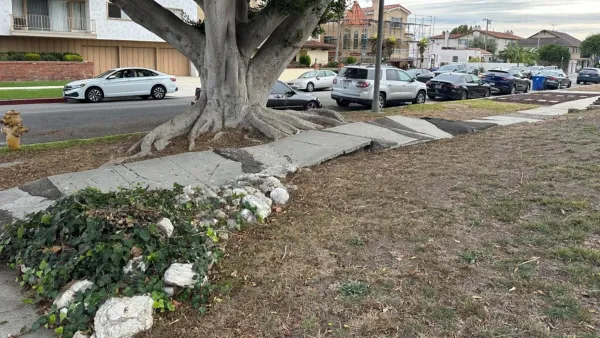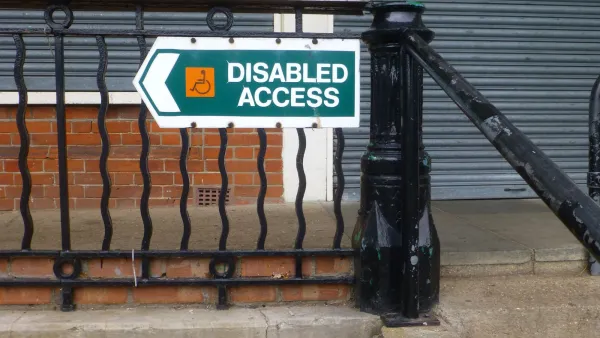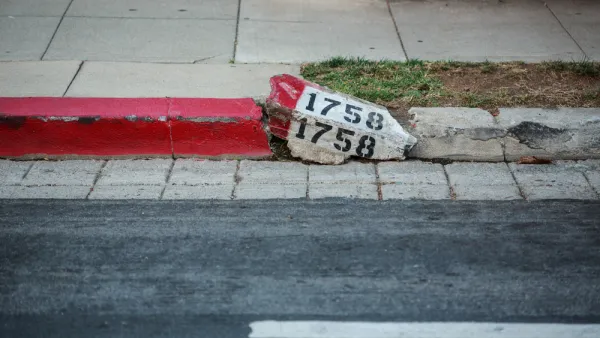City leaders have been in a struggle to come up with a viable solution to fix its buckling sidewalks for the past 50 years. Real estate developer Michael P. Russell takes a look at the work that needs to be done and outlines a plan for a fix.
With 6,500 miles of streets and around 10,000 miles of sidewalks, Los Angeles has the largest roadway system in the nation. What the city does not have is a sidewalk repair program for the more than 40 percent that need fixing.
The city has not had a program for close to 30 years, and as a result, the estimated cost to fix those that need revamping has ballooned to an estimated $1.9 billion.
“On an annual basis, the City spends between $3 and $5 million for trip and fall claims. To solve the problem, the City allocates $10 million for sidewalk repair. At this rate, it will take 190 years to fix the sidewalks, which is absurd.”
Over the years, the city has come up with several funding plans to solve the problem from picking up the tab completely to splitting the cost with residents to relying on federal funds. None of those plans have proved viable.
“Site inspections revealed that over 90 percent of damaged sidewalks occurred where tree roots are found. Restricted growing space is the single most important cause of conflicts between tree roots and hardscapes. (Who put liquid amber and ficus trees on their approved tree list? The City of Los Angeles.)The City’s lawyers view broken sidewalks as the financial responsibility of private property owners. However, the city also has an ordinance requiring that the City make repairs to sidewalks damaged by the roots of City street trees.”
Liability issues also add to the dilemma. Several cities, including Los Angeles, have been sued for violating the Americans with Disabilities Act by not fixing sidewalks.
“For the sidewalks in the City of Los Angeles to get repaired in a fair and timely fashion, it is necessary to follow a totally different approach than in the past. The City Council needs to establish an independent Agency or Authority to be responsible for the repair of all pedestrian pathways in the City.”
The article goes on to unveil an action plan for solving the city’s sidewalk repair problems and how officials might cover the costs.
FULL STORY: These Sidewalks Are Not Made for Walkin’

Analysis: Cybertruck Fatality Rate Far Exceeds That of Ford Pinto
The Tesla Cybertruck was recalled seven times last year.

National Parks Layoffs Will Cause Communities to Lose Billions
Thousands of essential park workers were laid off this week, just before the busy spring break season.

Retro-silient?: America’s First “Eco-burb,” The Woodlands Turns 50
A master-planned community north of Houston offers lessons on green infrastructure and resilient design, but falls short of its founder’s lofty affordability and walkability goals.

Test News Post 1
This is a summary

Analysis: Cybertruck Fatality Rate Far Exceeds That of Ford Pinto
The Tesla Cybertruck was recalled seven times last year.

Test News Headline 46
Test for the image on the front page.
Urban Design for Planners 1: Software Tools
This six-course series explores essential urban design concepts using open source software and equips planners with the tools they need to participate fully in the urban design process.
Planning for Universal Design
Learn the tools for implementing Universal Design in planning regulations.
EMC Planning Group, Inc.
Planetizen
Planetizen
Mpact (formerly Rail~Volution)
Great Falls Development Authority, Inc.
HUDs Office of Policy Development and Research
NYU Wagner Graduate School of Public Service




























